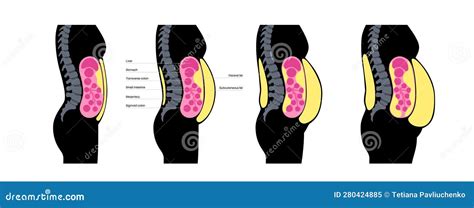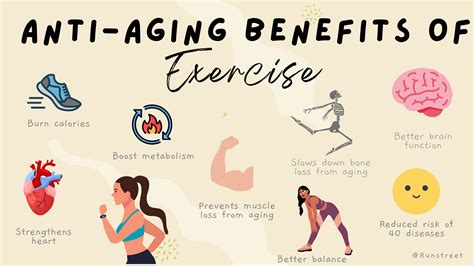Understanding the ‘Beer Belly’: More Than Just Beer
The term ‘beer belly’ is widely used to describe the increased abdominal fat often observed in men as they get older. While excessive alcohol consumption can certainly contribute, the underlying physiological reasons are far more complex, involving a natural interplay of hormonal changes, metabolic shifts, and altered fat distribution that occur with the aging process.

Hormonal Shifts: The Decline of Testosterone
One of the most significant physiological factors contributing to a ‘beer belly’ is the gradual decline in testosterone levels, a natural process known as andropause or age-related hypogonadism. Testosterone plays a crucial role in fat metabolism and muscle maintenance. As testosterone levels fall, men tend to store more fat, particularly in the abdominal region, and experience a decrease in muscle mass. This shift in body composition favors fat accumulation over lean muscle tissue.
Lower testosterone can also influence insulin sensitivity, potentially leading to the body storing more energy as fat rather than utilizing it efficiently. This hormonal environment primes the body to deposit fat around the internal organs, leading to what is medically termed central or abdominal obesity.
Metabolic Slowdown and Sarcopenia
With age, men generally experience a natural decrease in their basal metabolic rate (BMR), meaning their bodies burn fewer calories at rest. This metabolic slowdown is compounded by sarcopenia, the age-related loss of muscle mass. Muscle tissue is metabolically more active than fat tissue, burning more calories even when at rest. As men lose muscle mass and gain fat, their overall calorie expenditure drops, making it easier to accumulate excess weight, especially if dietary intake and physical activity levels remain unchanged.

The Peril of Visceral Fat
Not all fat is created equal. The ‘beer belly’ is primarily characterized by an accumulation of visceral fat, which is fat stored deep within the abdominal cavity, surrounding organs like the liver, pancreas, and intestines. This is distinct from subcutaneous fat, which is stored just under the skin. As men age, there’s a physiological predisposition for fat distribution to shift from subcutaneous to visceral stores, even without significant weight gain.
Visceral fat is metabolically active and produces inflammatory substances and hormones that can negatively impact health. It is strongly linked to an increased risk of type 2 diabetes, heart disease, stroke, and certain cancers. The body’s natural tendency to store this more harmful type of fat with age is a critical physiological aspect of the ‘beer belly’ phenomenon.

Other Contributing Factors and the Interplay
While the primary focus is physiological, it’s worth noting that these internal changes are often exacerbated by lifestyle factors common in aging: decreased physical activity, reliance on less nutrient-dense foods, and continued or increased alcohol consumption. However, even in men who maintain relatively healthy lifestyles, the physiological shifts described above make them more susceptible to abdominal fat accumulation.
The combination of declining testosterone, a slower metabolism, muscle loss, and a natural tendency to store more visceral fat creates a perfect storm for the development of a ‘beer belly’ in aging men. It’s a complex interplay where each factor contributes to a greater propensity for central adiposity.

Conclusion: A Multi-faceted Physiological Reality
The ‘beer belly’ is not simply a cosmetic concern but a visible manifestation of significant physiological changes occurring in men as they age. The interplay of declining testosterone, a naturally slowing metabolism, age-related muscle loss, and a propensity for visceral fat accumulation are the core drivers. Understanding these physiological underpinnings is crucial for addressing the health risks associated with increased abdominal fat and for promoting healthier aging strategies in men.





